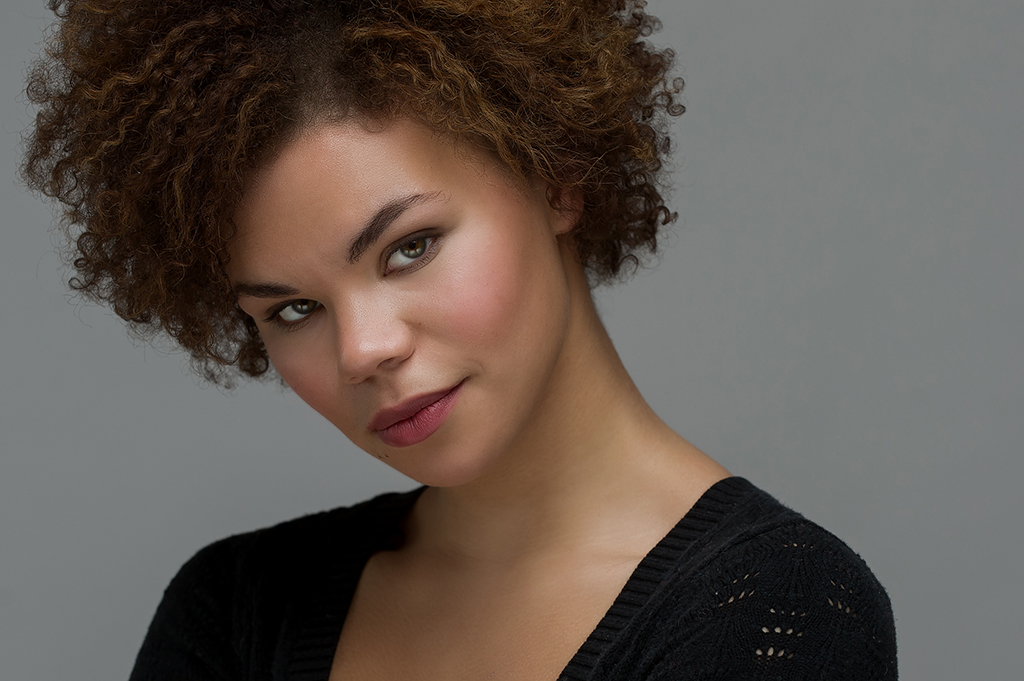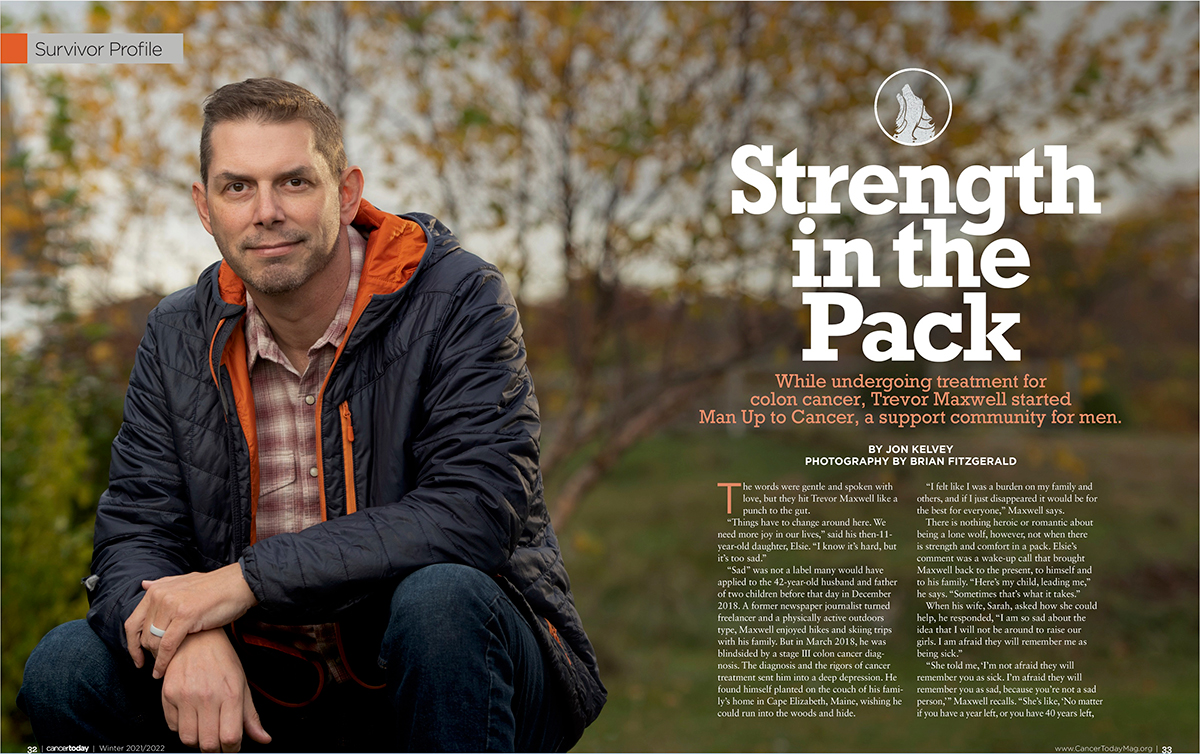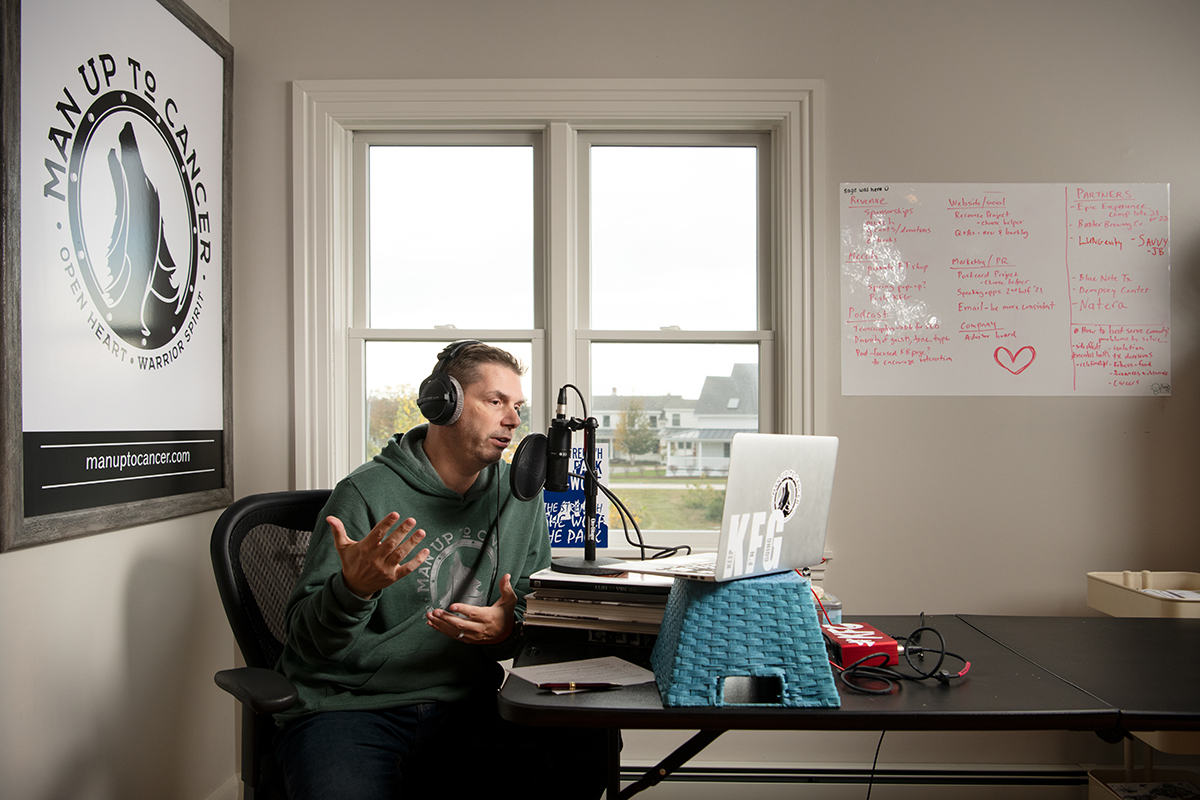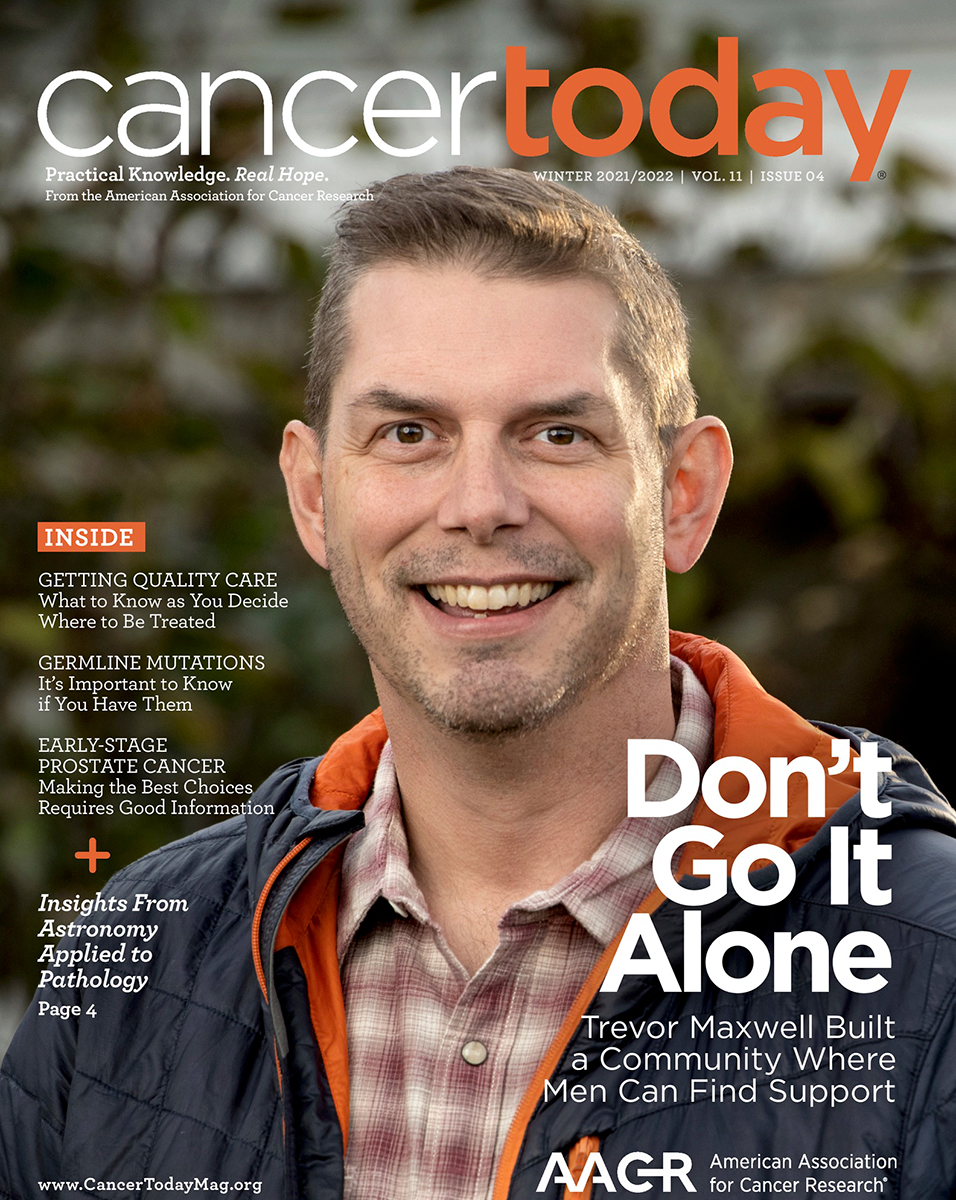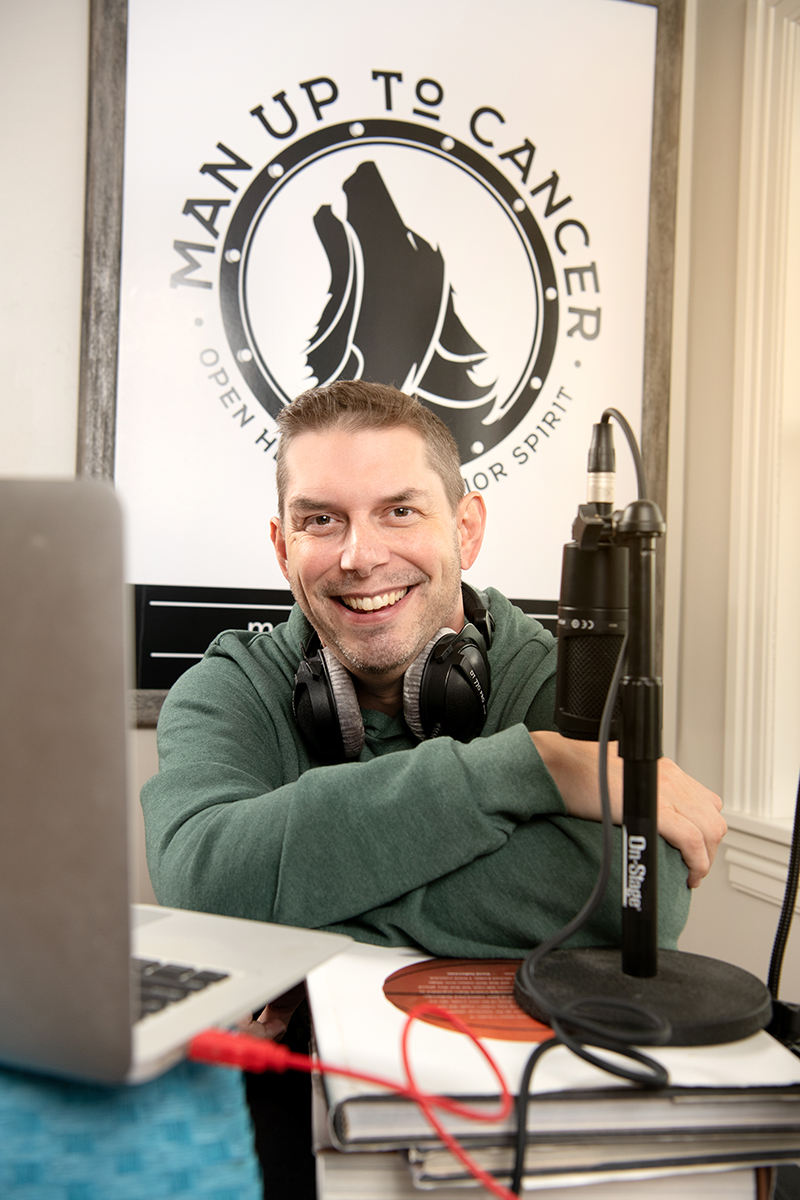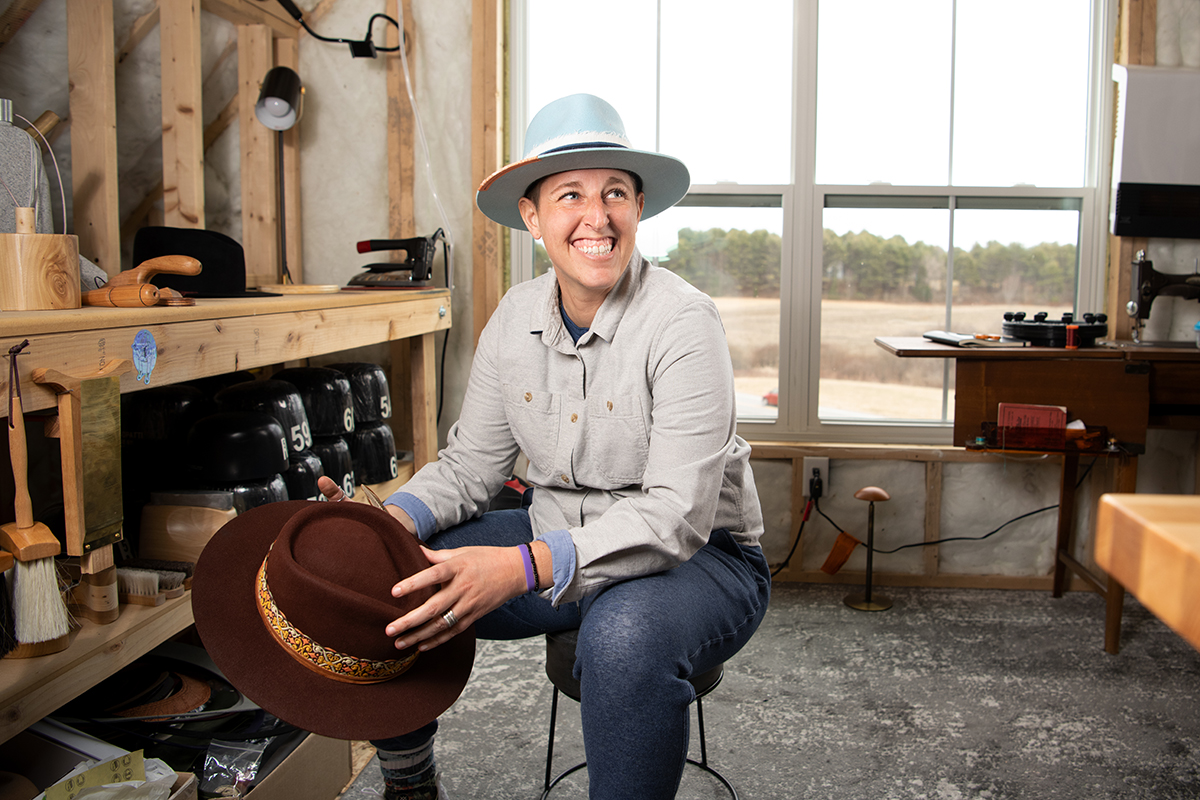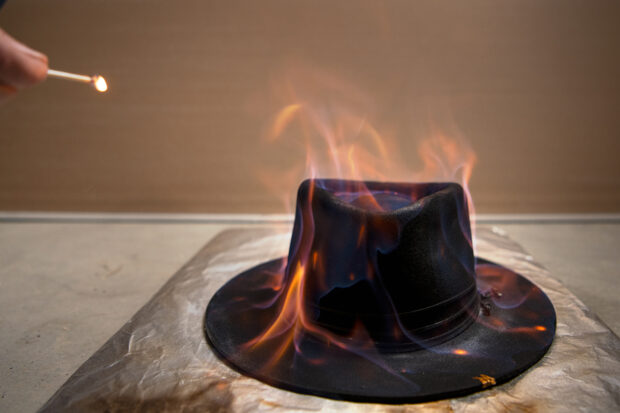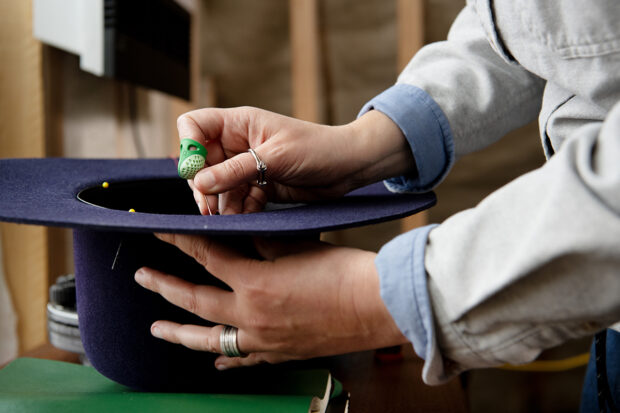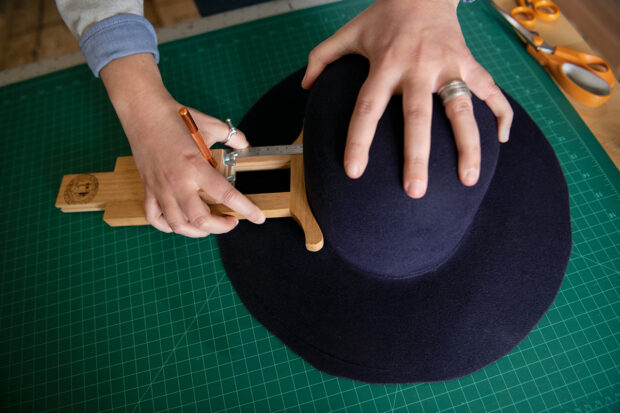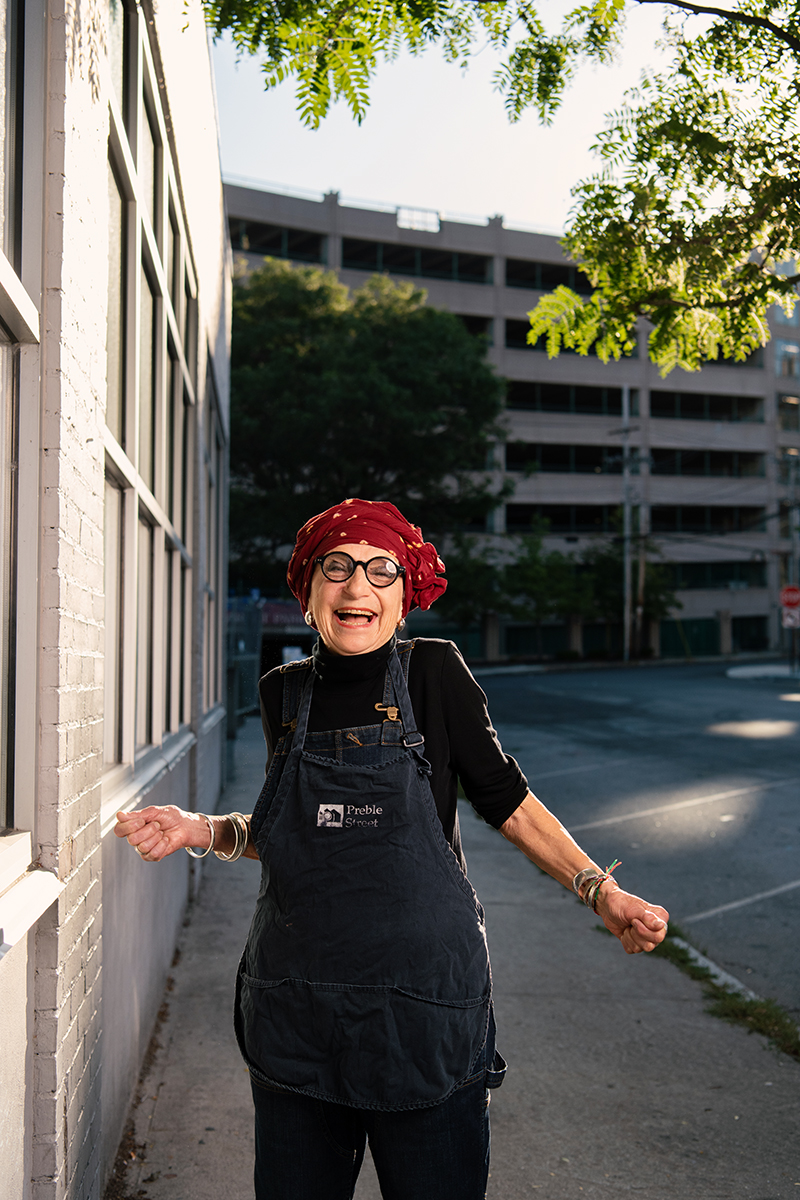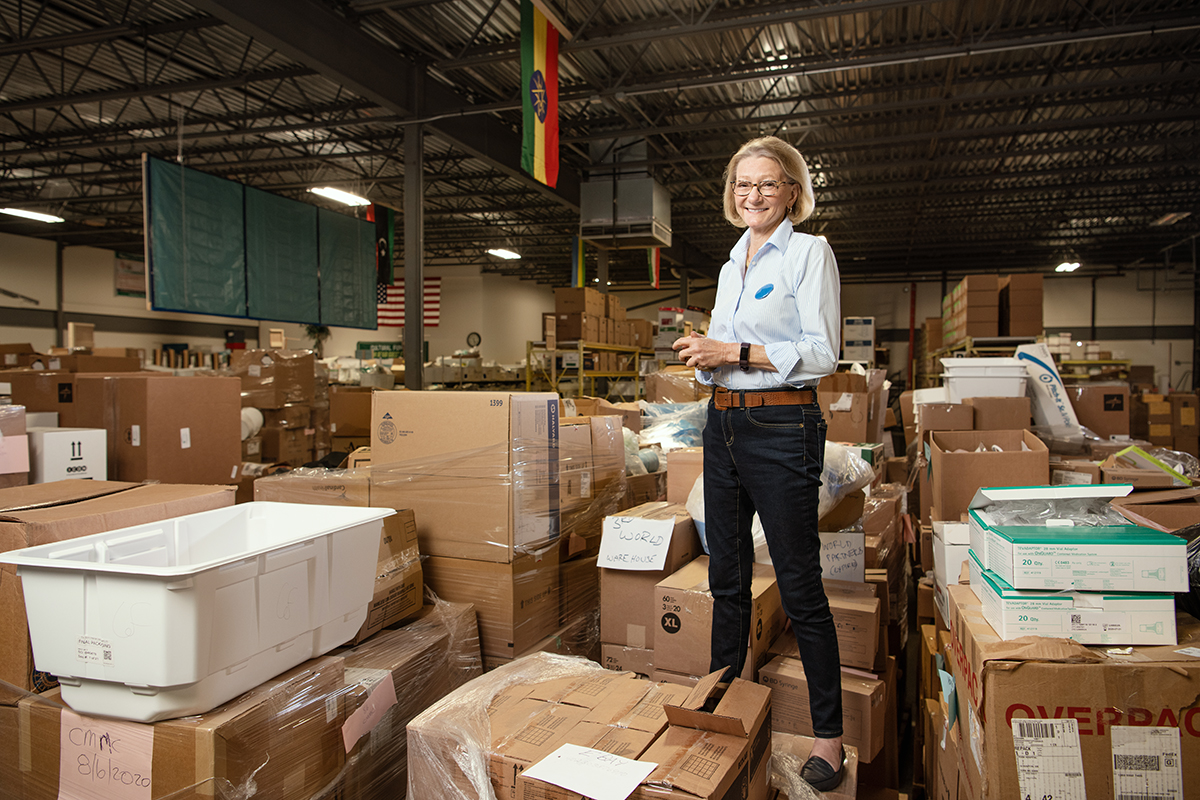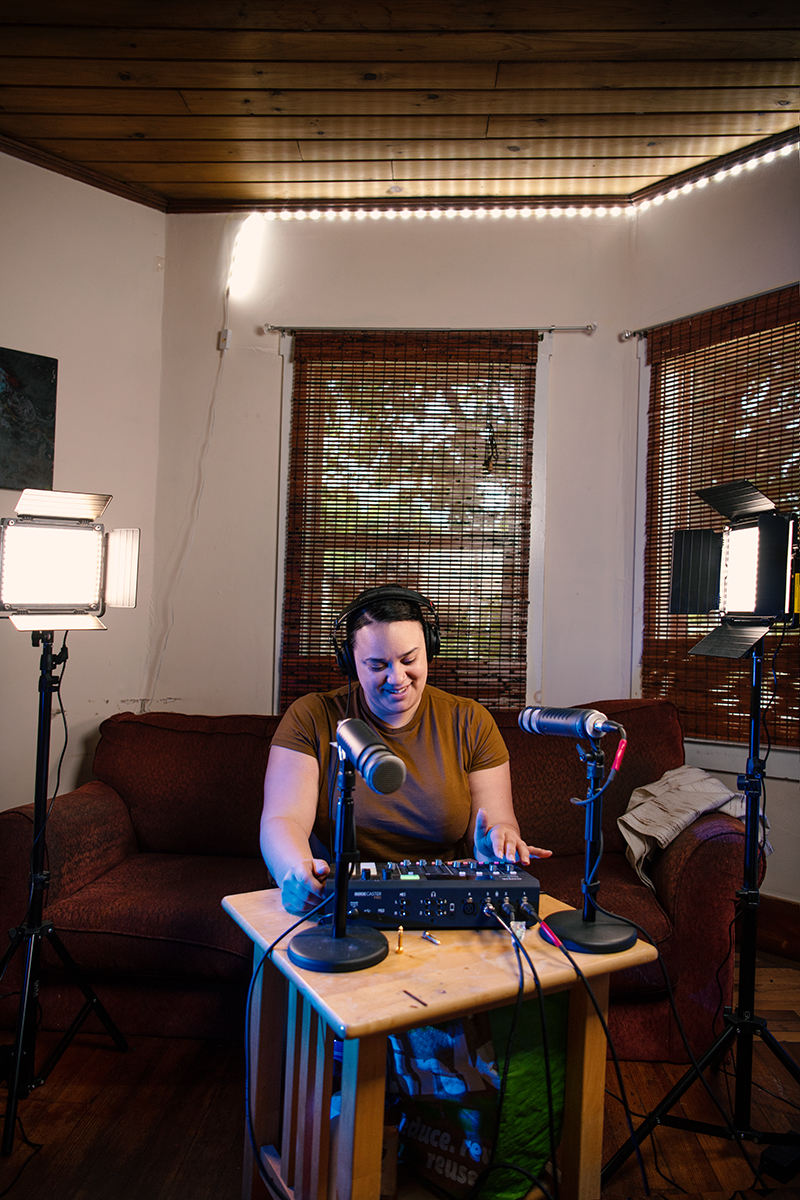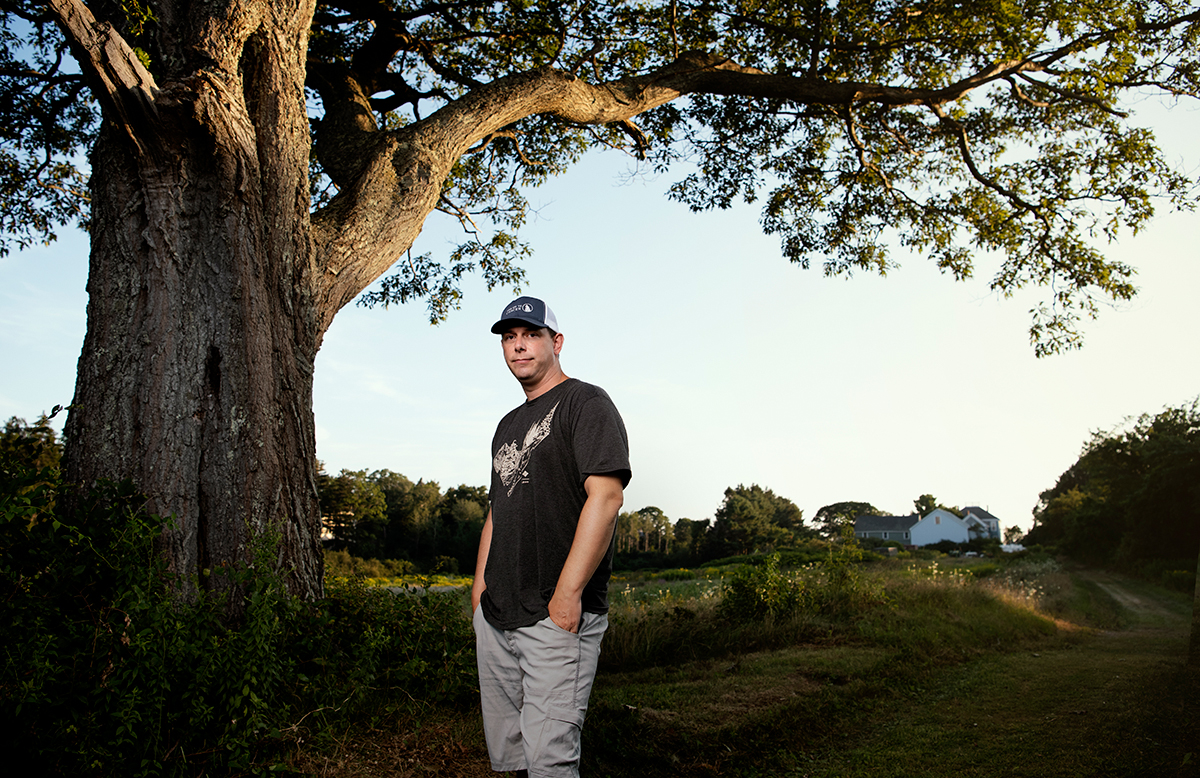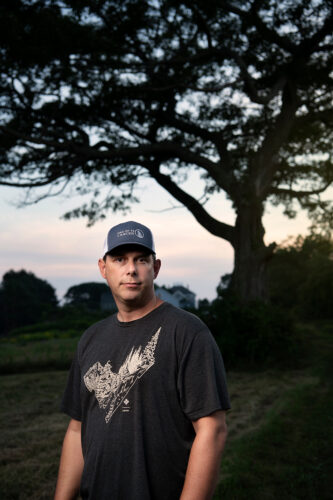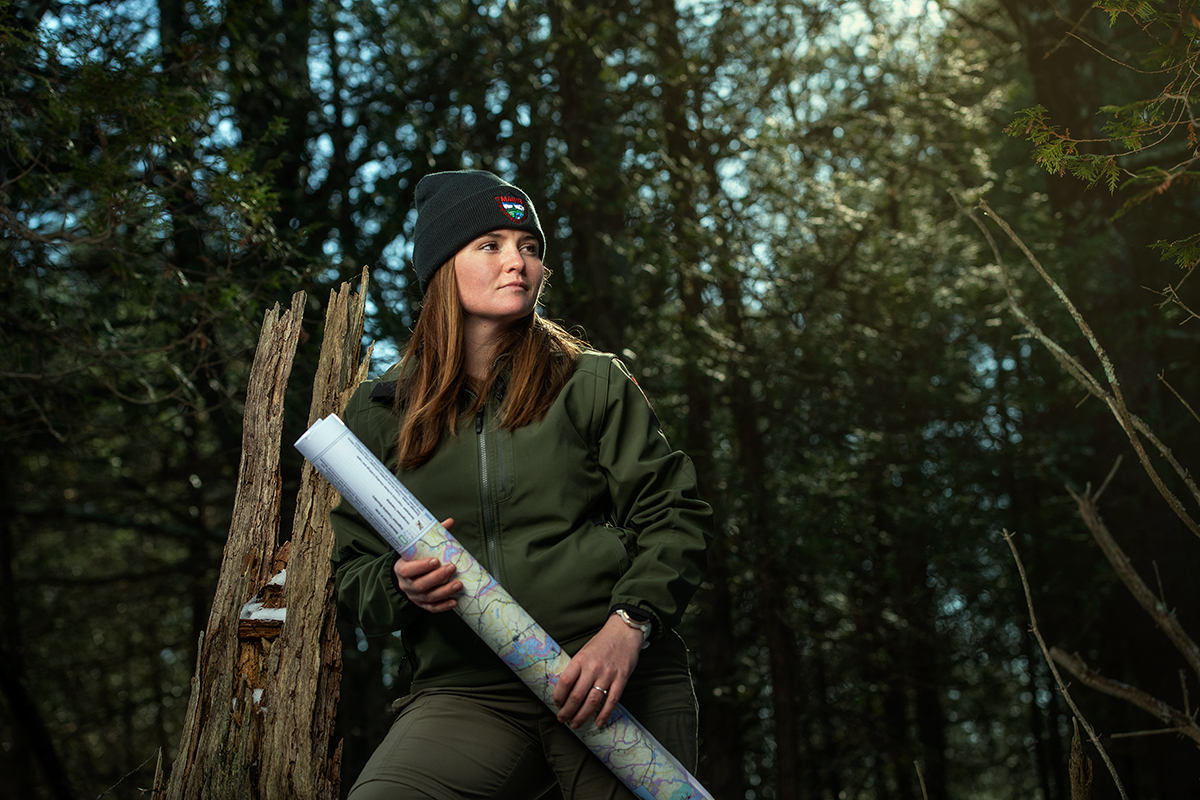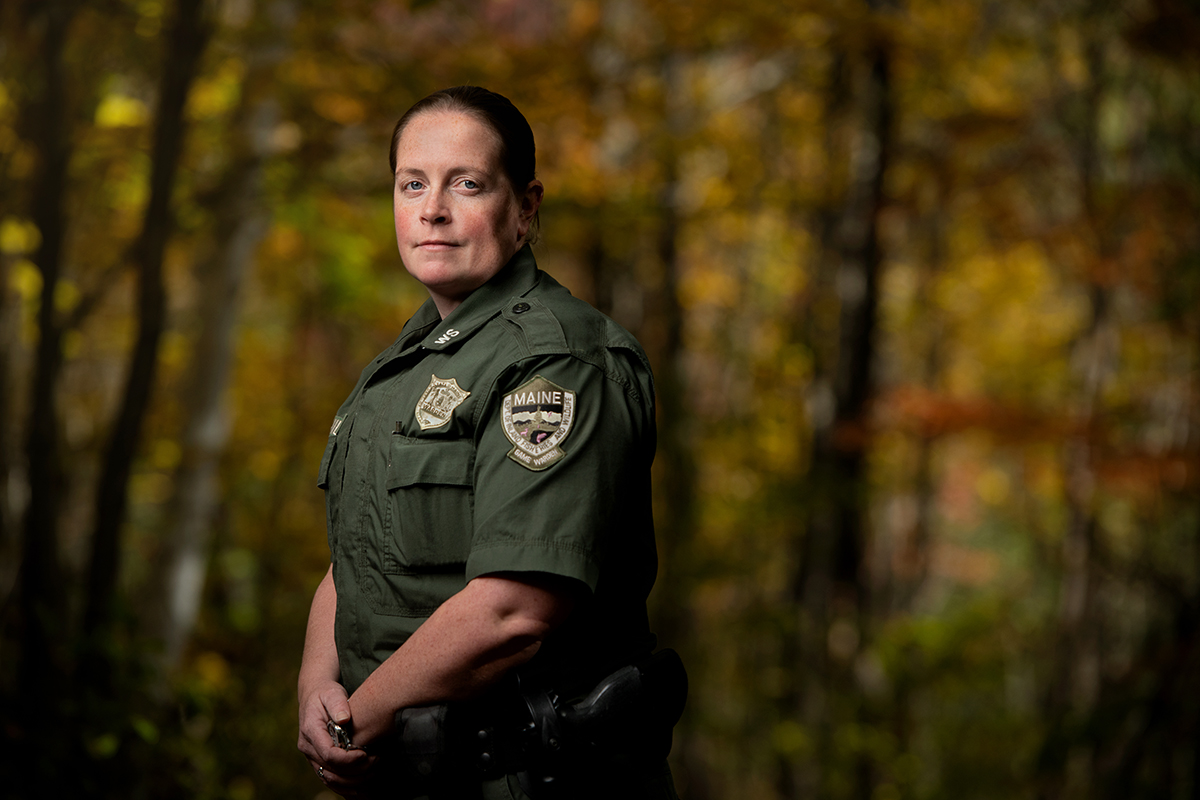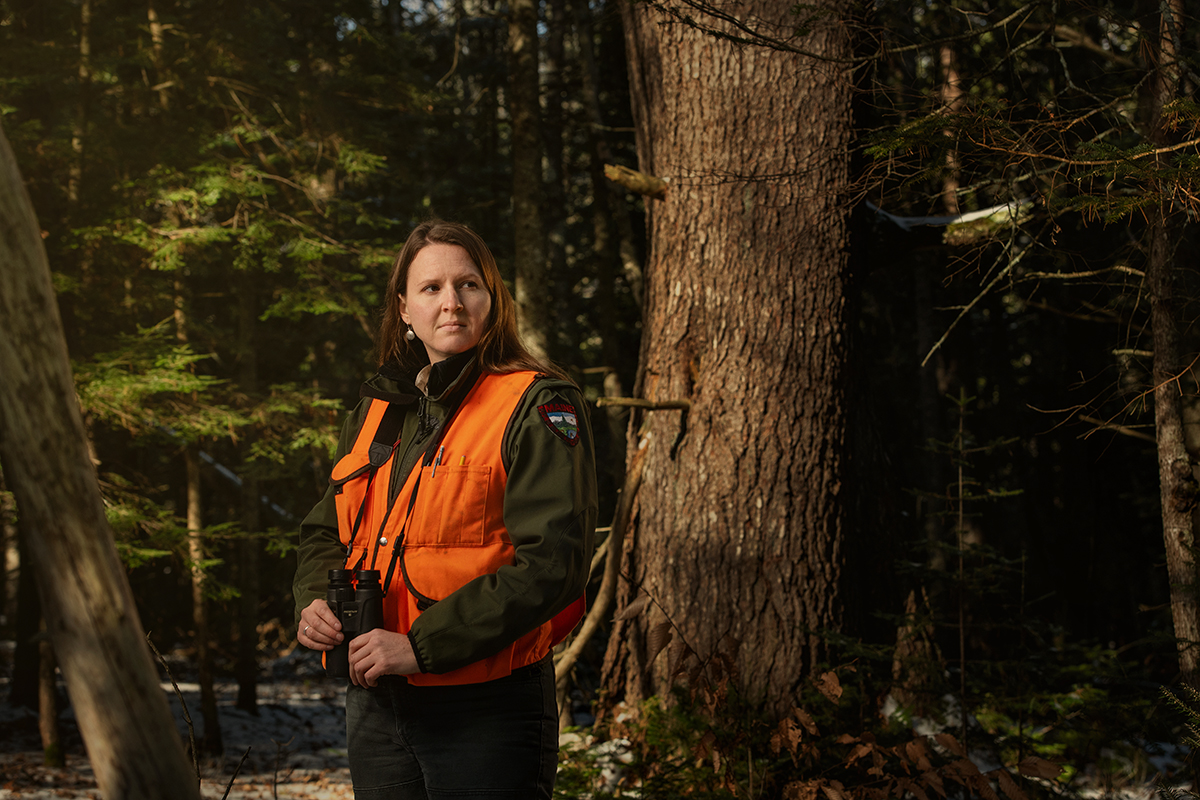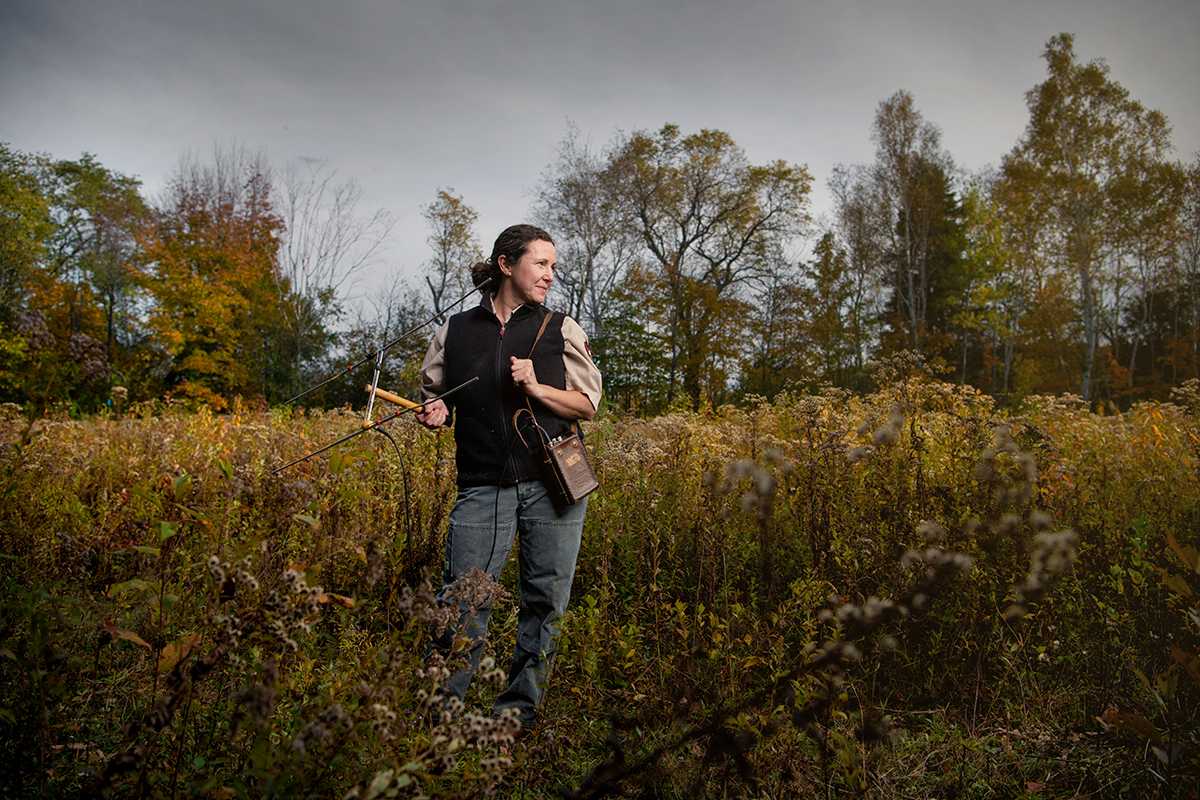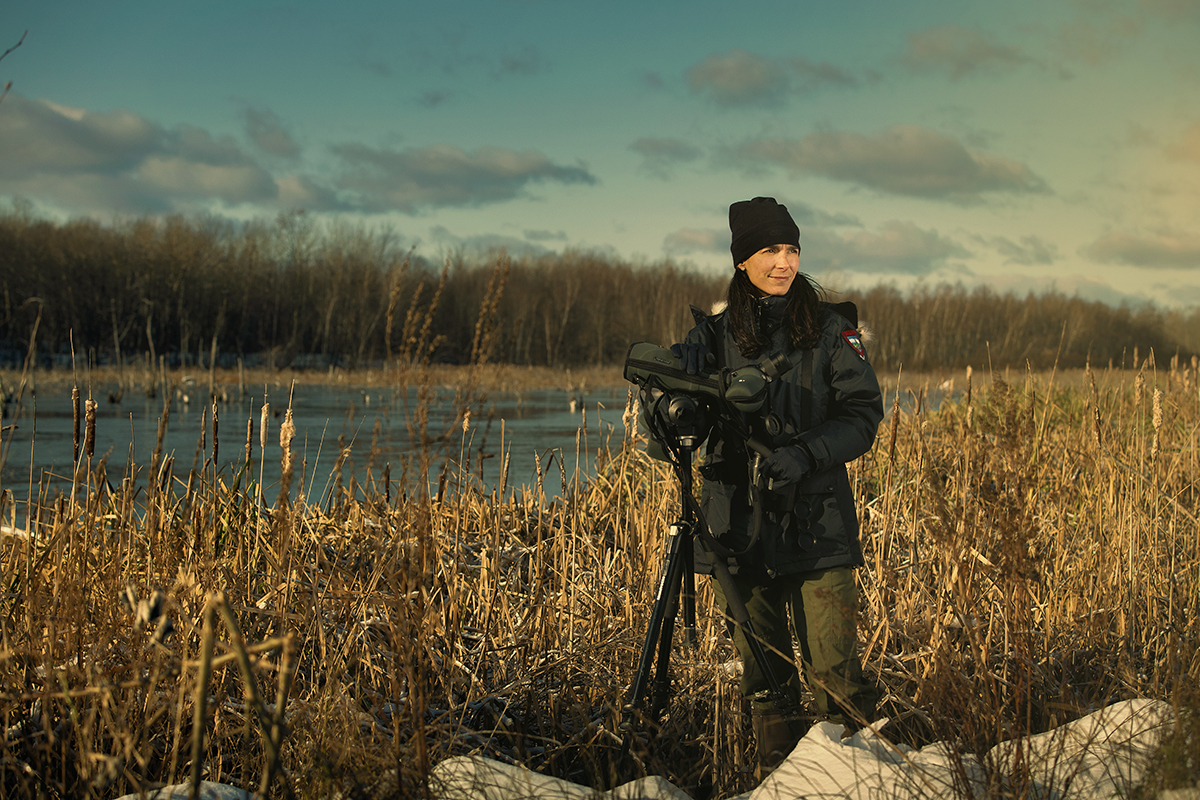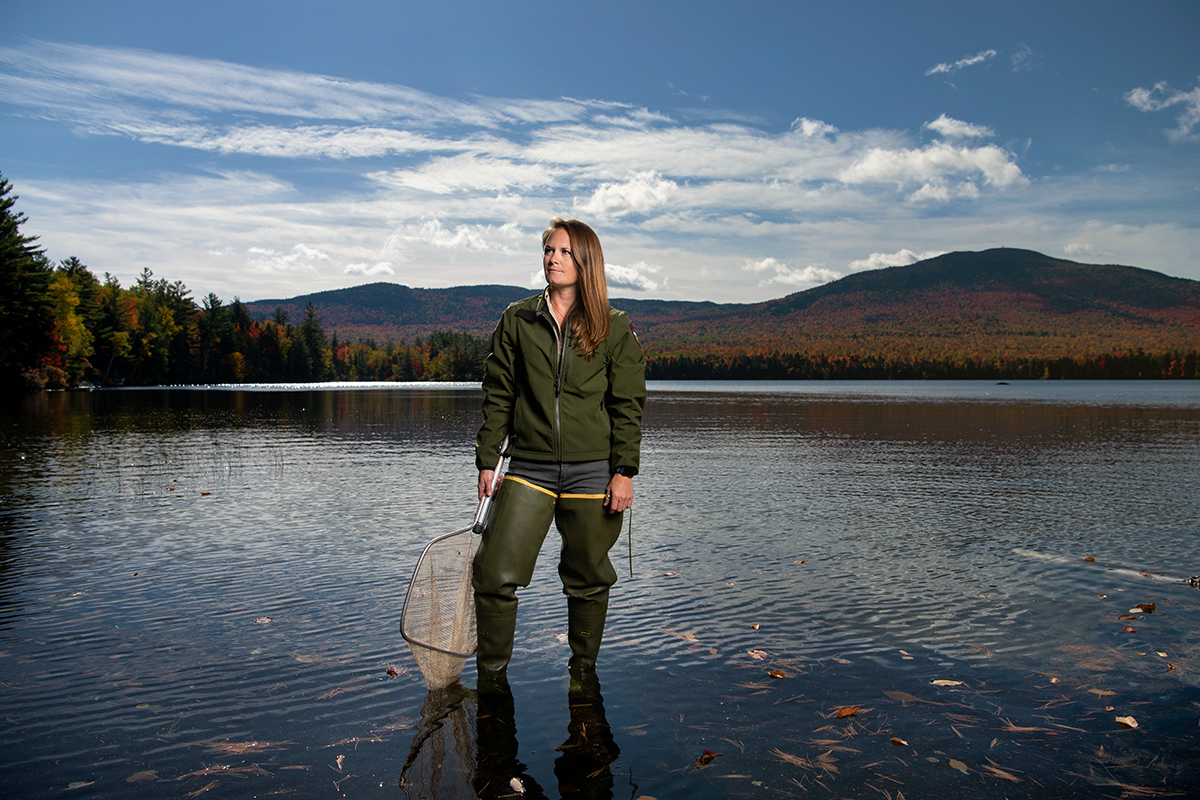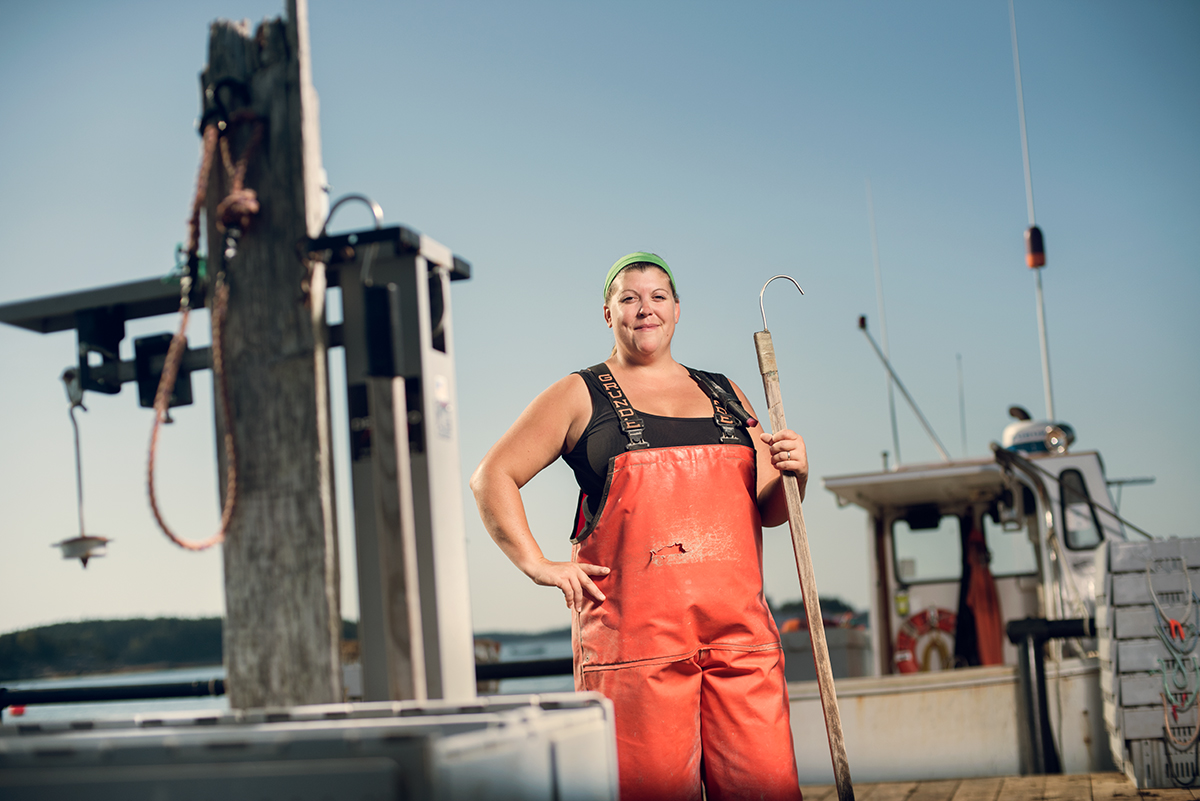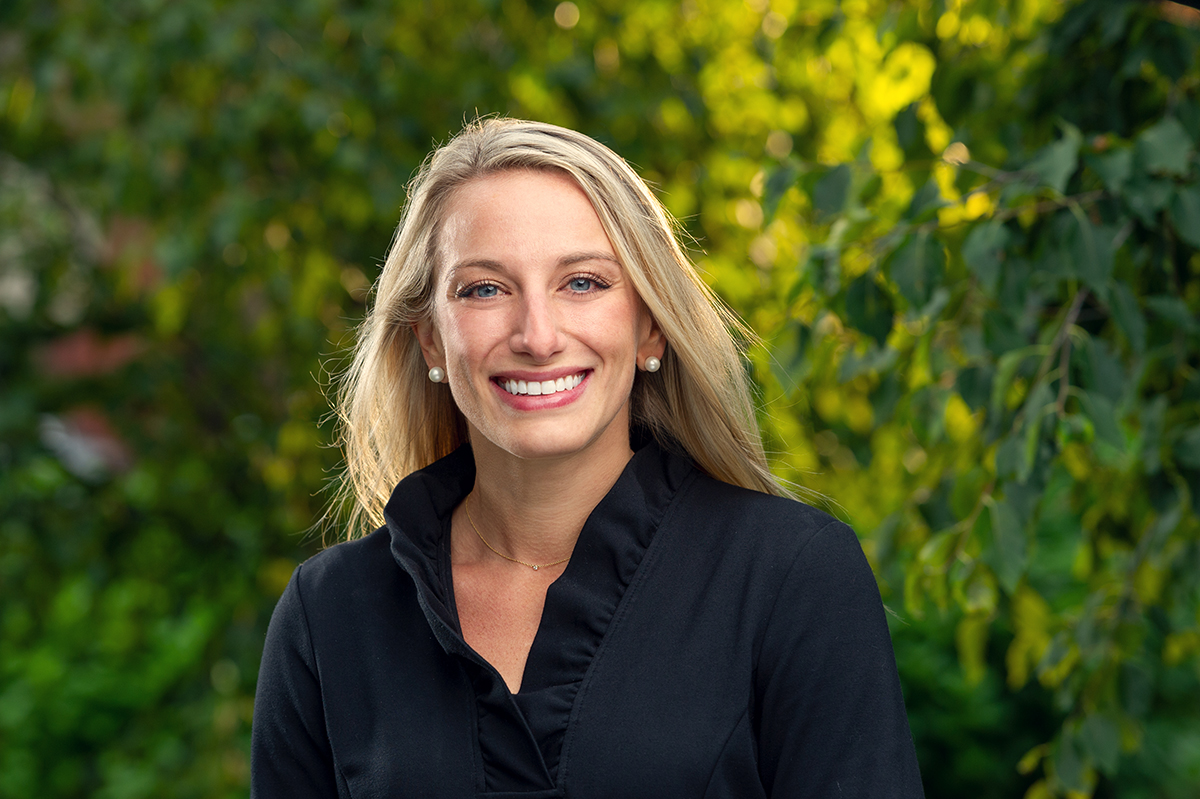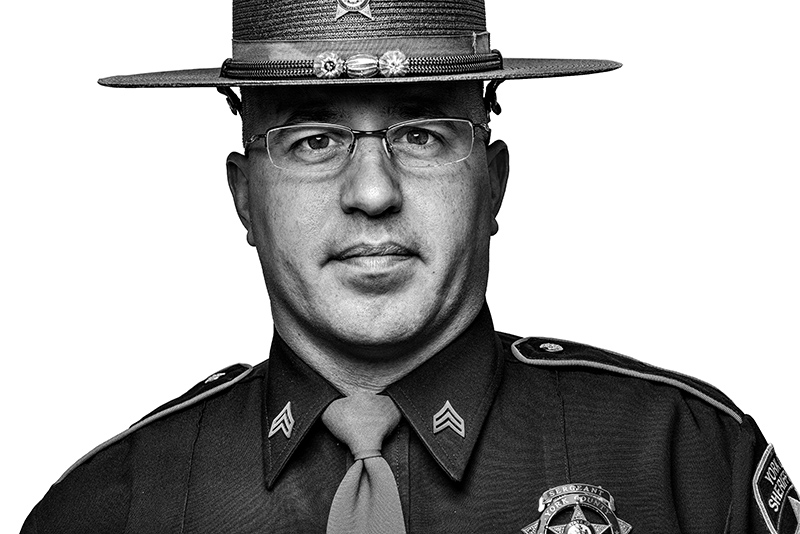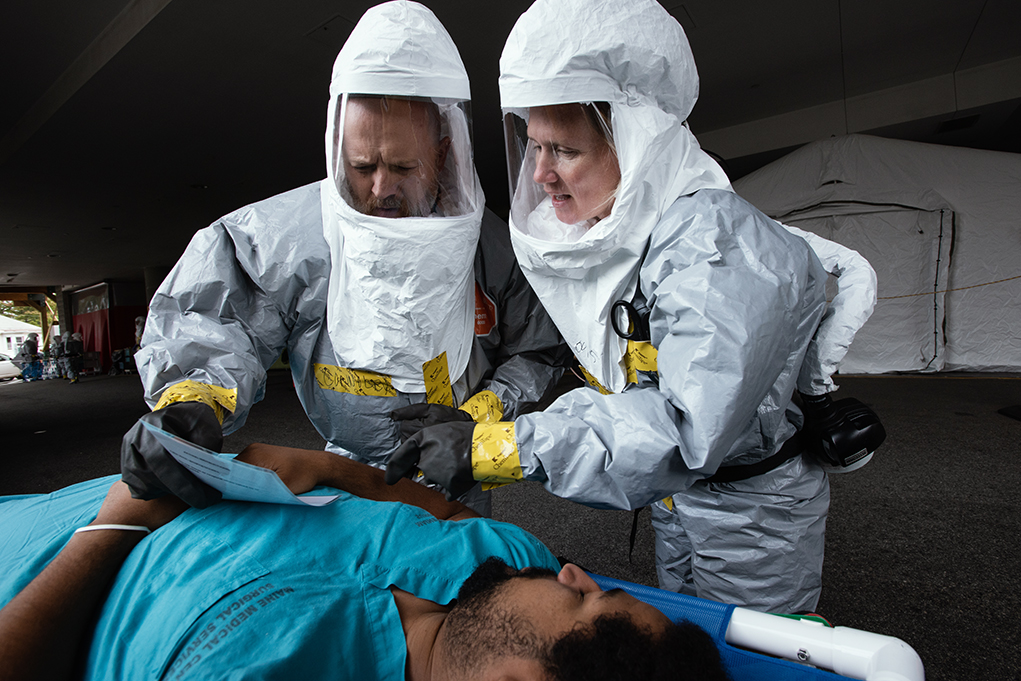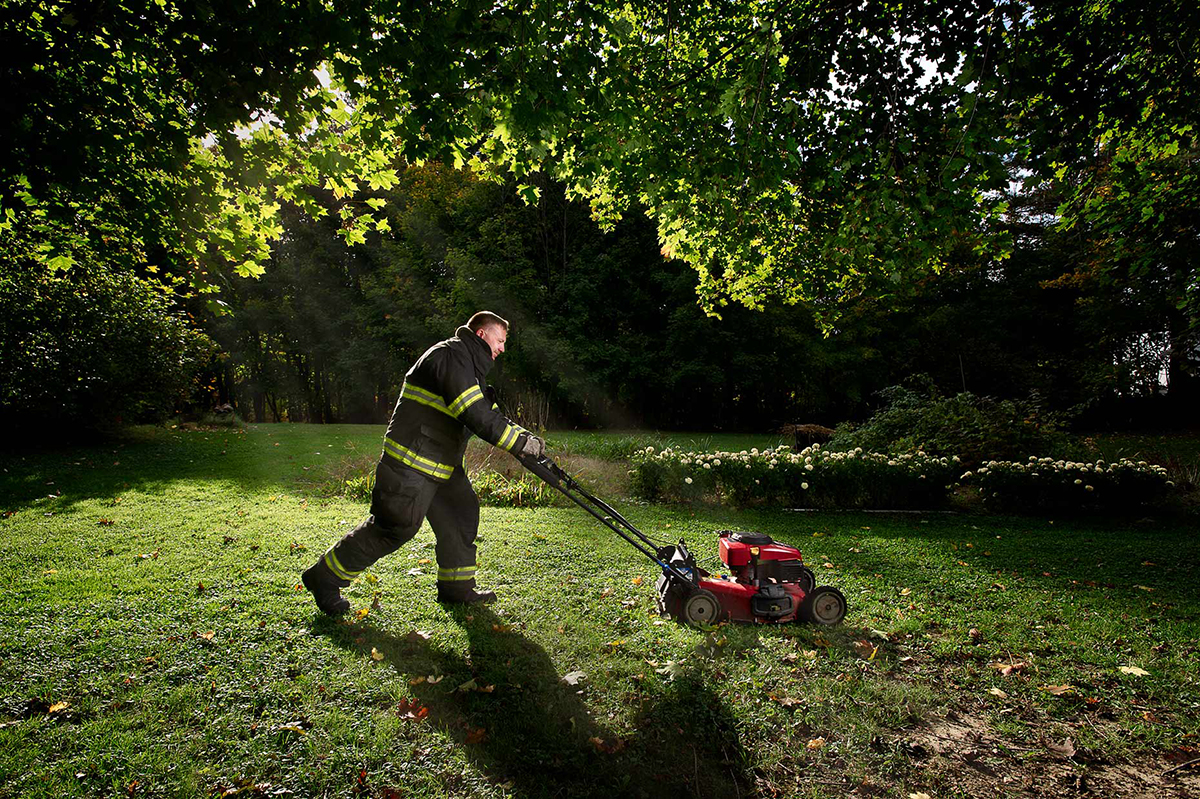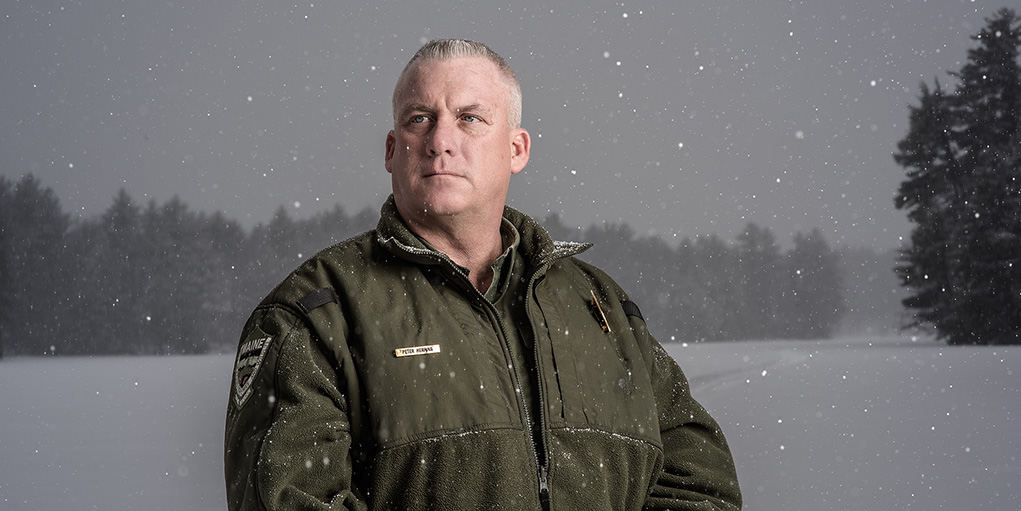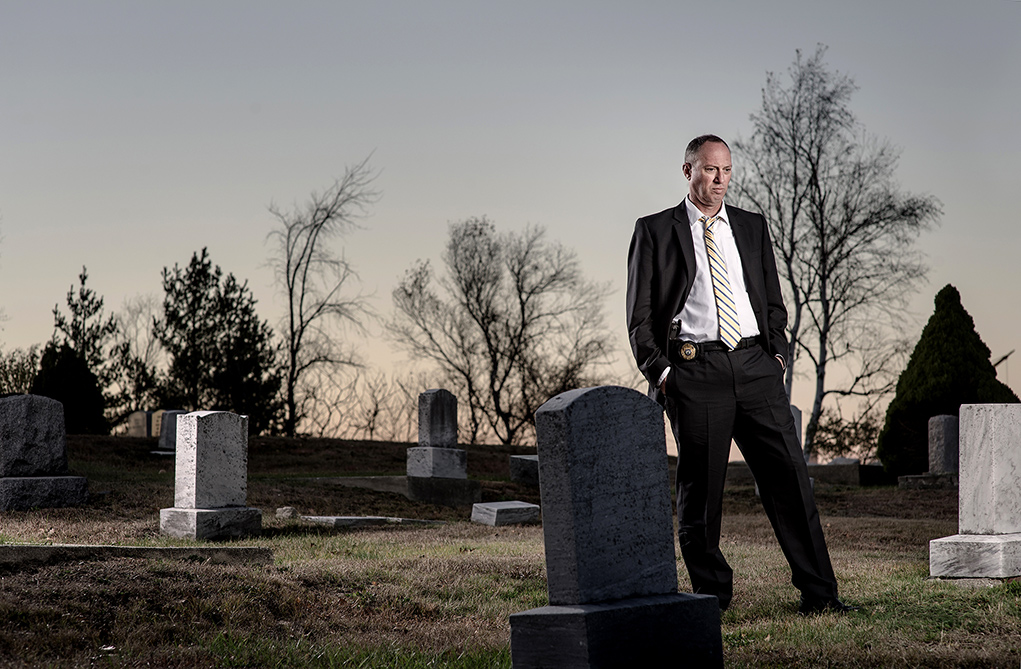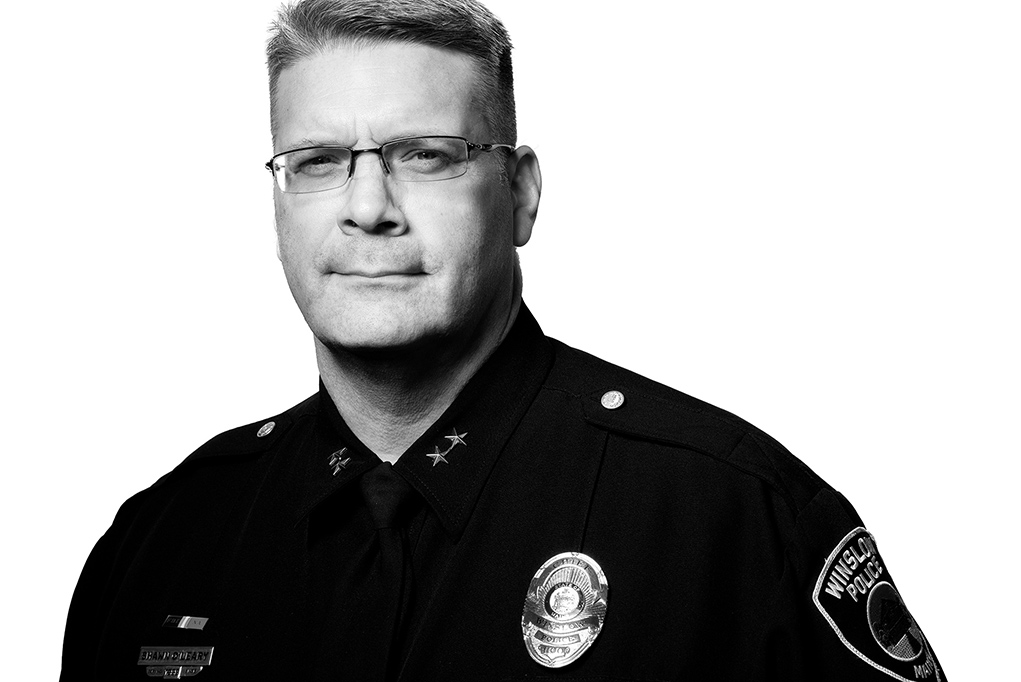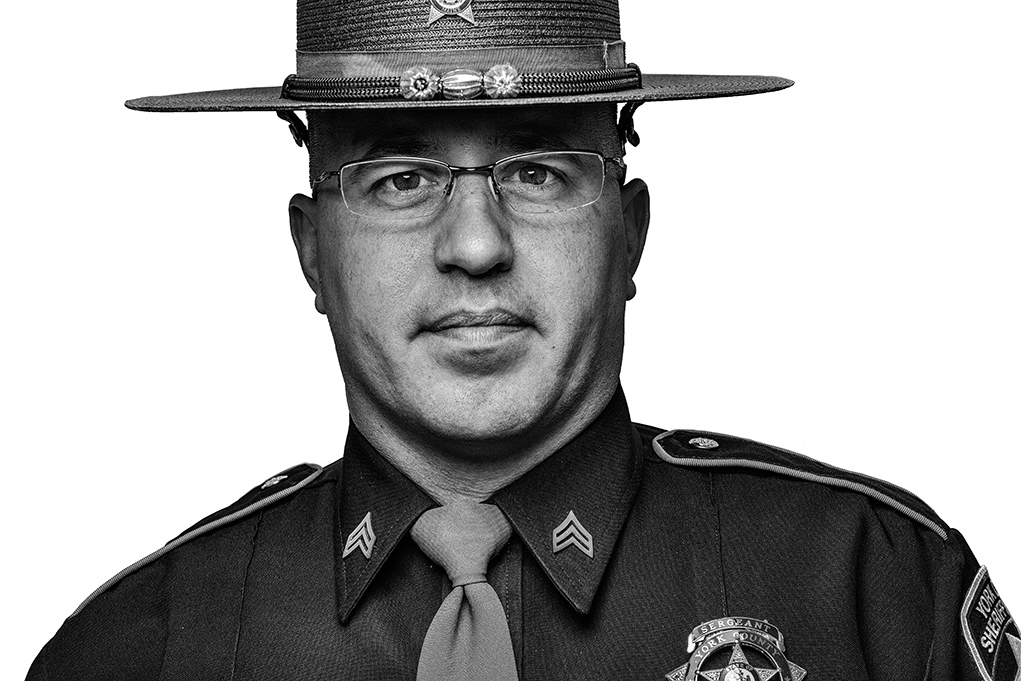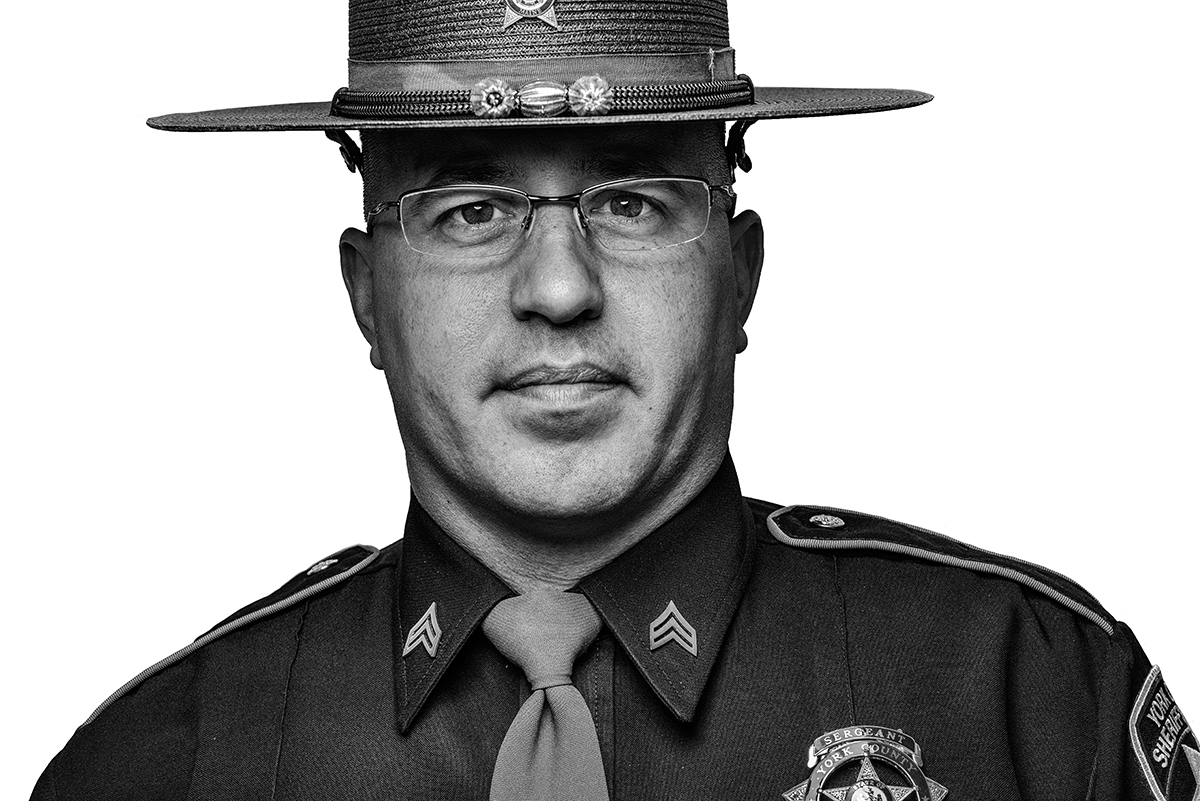
Photography is all about light, of course—the literal meaning of the word in Greek is ‘drawing with light’. Without light, there can be no photography.
But what makes photography remarkable and powerful is something else. While video and film are all about the story—how all the individual parts contribute to the narrative, the still image is all about moment.
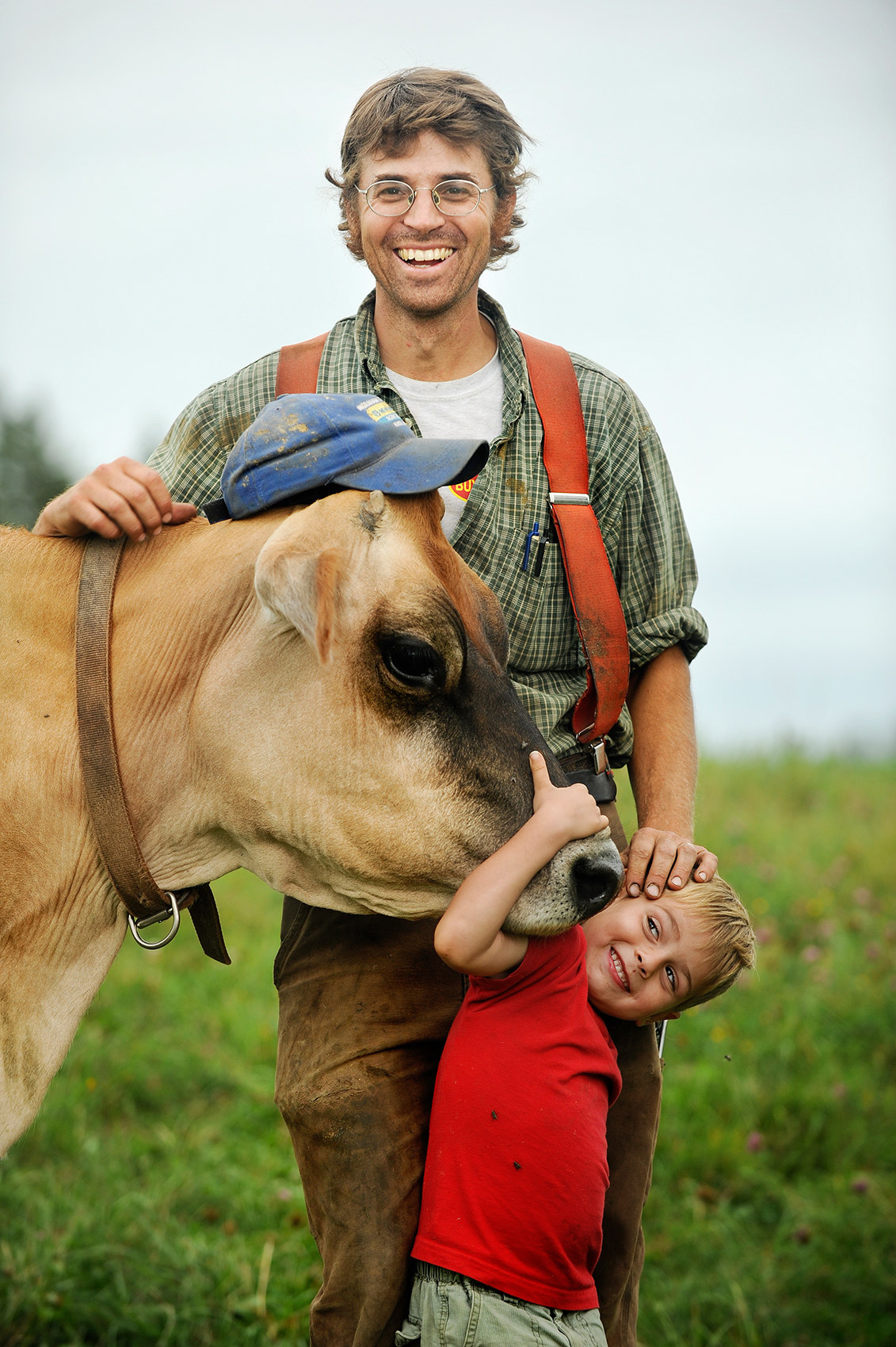
Of the thousands of images you’ve seen or created in your lifetime, what makes the relatively few images stand out as special?
I’d bet it’s that these images capture a fleeting, authentic, remarkable moment. Moments can be a shared interaction between mother and daughter; they can be a simple expression in the eyes or on the lips. A moment can be a gesture, but it can also be a ray of sunlight hitting the perfect spot. It’s a person caught in mid-leap over a puddle, ala Bresson. It’s that peak moment of joy, of anguish, or of maximum exertion during a sporting event.
It can be hard to define in words what a photographic moment is, but you undoubtedly know it when you see it. Moments can be momentous or quiet and subtle. The impact of a true visual moment, however, is immediate and profound. It connects with the viewer and pulls them in.
If you want your images to be remembered, be attuned to what photography great Henri Cartier-Bresson termed the ‘Decisive Moment’. Don’t take photos: capture moments.
